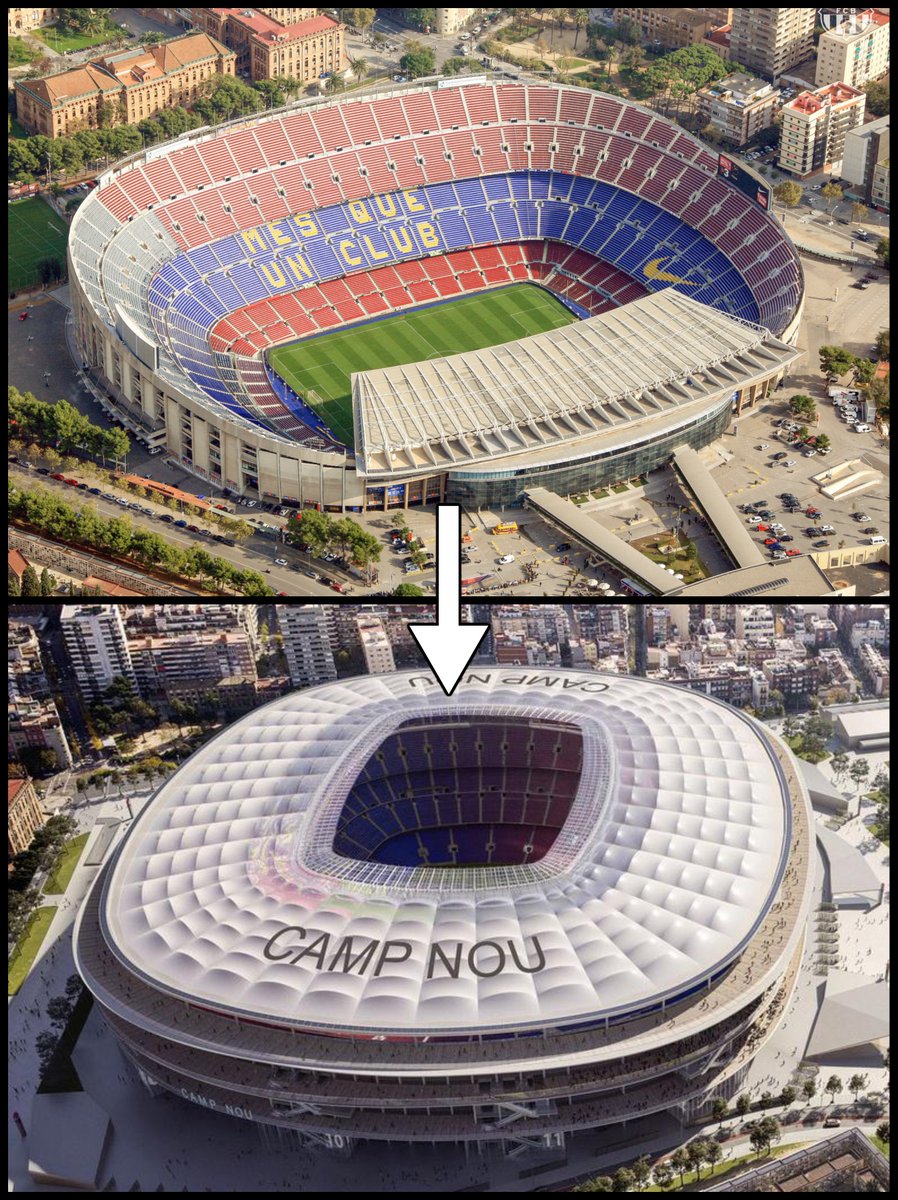What the hell is so good about William Shakespeare, anyway?
Here's one thing: how he used the way words sound (and not just what they mean) to manipulate our emotions and regulate our attention.
An old poetic skill called prosody...
Here's one thing: how he used the way words sound (and not just what they mean) to manipulate our emotions and regulate our attention.
An old poetic skill called prosody...

So, some terminology.
The iamb: an unstressed syllable followed by a stressed syllable (da-DUM). This pair of syllables can be in a single word or spread across two.
You'll notice that iambs really fly off the tongue.
(From She Walks in Beauty by Lord Byron)
The iamb: an unstressed syllable followed by a stressed syllable (da-DUM). This pair of syllables can be in a single word or spread across two.
You'll notice that iambs really fly off the tongue.
(From She Walks in Beauty by Lord Byron)

Shakespeare mostly used iambic pentameter in his plays.
Penta = five. Hence, in lines of five iambs.
You can see how rhythmic complexity is building; each iamb is one part of a larger structure.
From Much Ado About Nothing:
Penta = five. Hence, in lines of five iambs.
You can see how rhythmic complexity is building; each iamb is one part of a larger structure.
From Much Ado About Nothing:

It's what Shakespeare (and the majority of English poets since Chaucer) stuck to. Because it reads smoothly, it's memorable, and you can get into a real flow.
Now read this, keeping in mind that iambic rhythm:
From King Lear:
Now read this, keeping in mind that iambic rhythm:
From King Lear:

You probably stumbled on the final "never, never..."
What's going on there?
Shakespeare used something called a trochee...
What's going on there?
Shakespeare used something called a trochee...
The trochee is the opposite of the iamb; it's a stressed syllable followed by unstressed (DA-dum).
You can't read it like an iamb; it doesn't work. Just read this, from Macbeth.
(Here Shakespeare is writing in trochaic tetrameter - lines of four trochees)
You can't read it like an iamb; it doesn't work. Just read this, from Macbeth.
(Here Shakespeare is writing in trochaic tetrameter - lines of four trochees)

So that's the trochee and the iamb. You can see how they flow differently.
They are both "metrical feet", which are units of rhythm. This is the bread and butter of poets, the linguistic bricks from which they build their poetry.
They are both "metrical feet", which are units of rhythm. This is the bread and butter of poets, the linguistic bricks from which they build their poetry.
But they aren't mutually exclusive, of course.
Shakespeare often combined the iamb and trochee (or, indeed, other metrical feet) to regulate the pace at which we speak or read.
Here is Macbeth's final soliloquy:
Shakespeare often combined the iamb and trochee (or, indeed, other metrical feet) to regulate the pace at which we speak or read.
Here is Macbeth's final soliloquy:

There's so much going on here, but most of all you'll notice the mix of iambs and trochees.
At points you get into a flow, speeding up along a few consistent iambs or trochees, before suddenly halting as the rhythm changes.
An invisible force guiding you through the words.
At points you get into a flow, speeding up along a few consistent iambs or trochees, before suddenly halting as the rhythm changes.
An invisible force guiding you through the words.
Shakespeare did this in moments of high drama.
Combining metrical feet slows and controls the pace because it forces the speaker to stress particular words.
"Tomorrow, and tomorrow, and tomorrow," is an awkward, slow beginning. It drags on, dovetailing with Macbeth's meaning.
Combining metrical feet slows and controls the pace because it forces the speaker to stress particular words.
"Tomorrow, and tomorrow, and tomorrow," is an awkward, slow beginning. It drags on, dovetailing with Macbeth's meaning.
We hit a good run here:
"And all our yesterdays have lighted fools
The way to dusty death."
But then:
"Out, out, brief candle!"
We are wrenched away from the flow - almost like a train of thought - interrupted by this sudden, formless shout. Macbeth's despair comes alive.
"And all our yesterdays have lighted fools
The way to dusty death."
But then:
"Out, out, brief candle!"
We are wrenched away from the flow - almost like a train of thought - interrupted by this sudden, formless shout. Macbeth's despair comes alive.
We pick up pace again with:
"That struts and frets his hour upon the stage,
And then is heard no more."
But then the rhythmic flow starts to go awry. It moves from poetic meter to mere speech, from order to chaos, and ends with:
"Signifying nothing."
The words land.
"That struts and frets his hour upon the stage,
And then is heard no more."
But then the rhythmic flow starts to go awry. It moves from poetic meter to mere speech, from order to chaos, and ends with:
"Signifying nothing."
The words land.

This is prosody: the use of rhythm in writing.
Shakespeare mastered this invisible force, one which guides the emotions and the attention of speaker and the audience, of reader and listener.
So there's one reason, at least, why Shakespeare really is that good.
Shakespeare mastered this invisible force, one which guides the emotions and the attention of speaker and the audience, of reader and listener.
So there's one reason, at least, why Shakespeare really is that good.

• • •
Missing some Tweet in this thread? You can try to
force a refresh





















